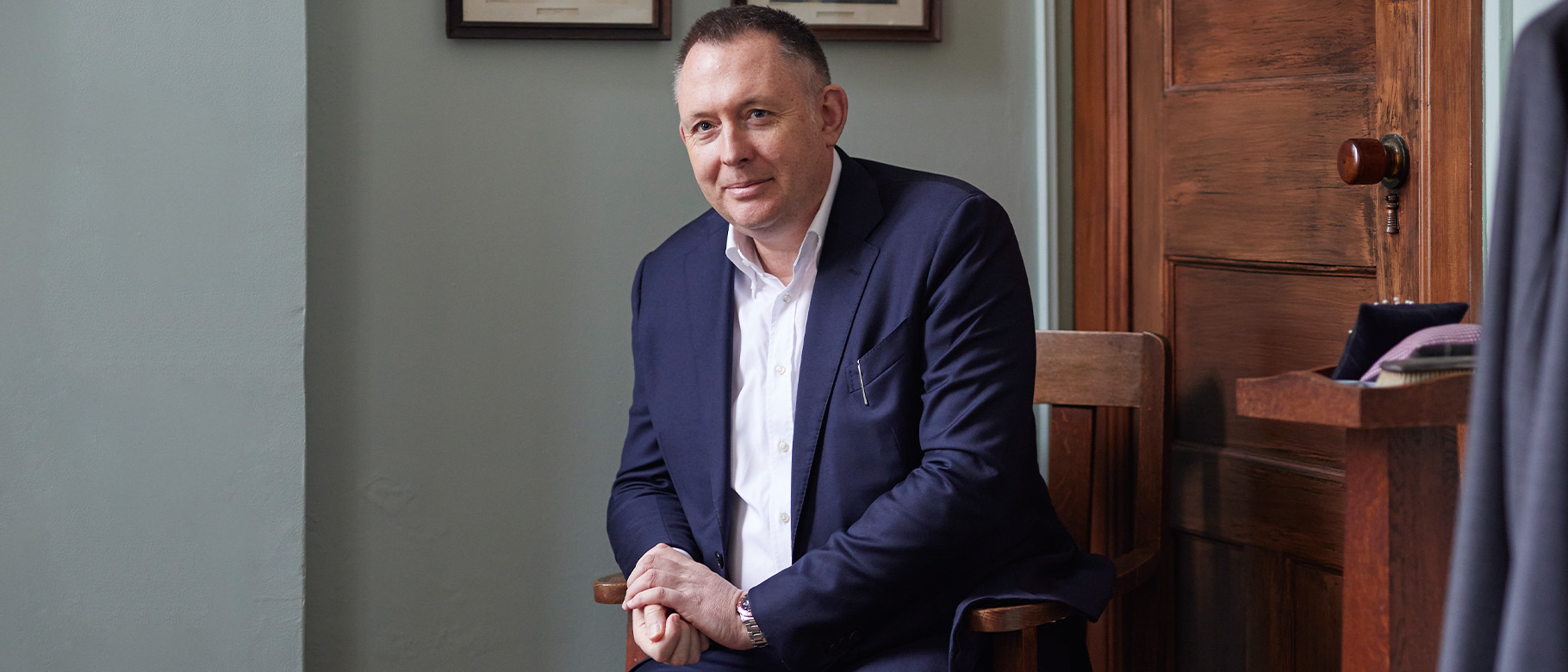

At the close of the 20th Century, menswear was in thrall to a new wave of British tailors. “Back in those days, the late nineties, you had houses like Oswald Boateng, Richard James, Kilgour by Carlo Brandelli, they were the dominant force,” says Murray Crane, founder of leading New Zealand men’s clothier, Crane Brothers. “When we first started in 1999, we were hugely influenced by that modern Savile Row look, which was very slick, very structured.”
Within a decade, however, the sharp silhouettes and look-at-me palettes of the ‘Cool Britannia’ era were giving way to more muted colourways, cloth that eschewed sheen in favour of rich texture, and construction more akin to a cardigan than stiff regimental garb. “I’d always been drawn to the English aesthetic,” Crane says. “But when we started seeing this Italian flavour coming through in tailoring, introducing this softer feel, that Neapolitan shoulder and so on, it made a lot of sense.”
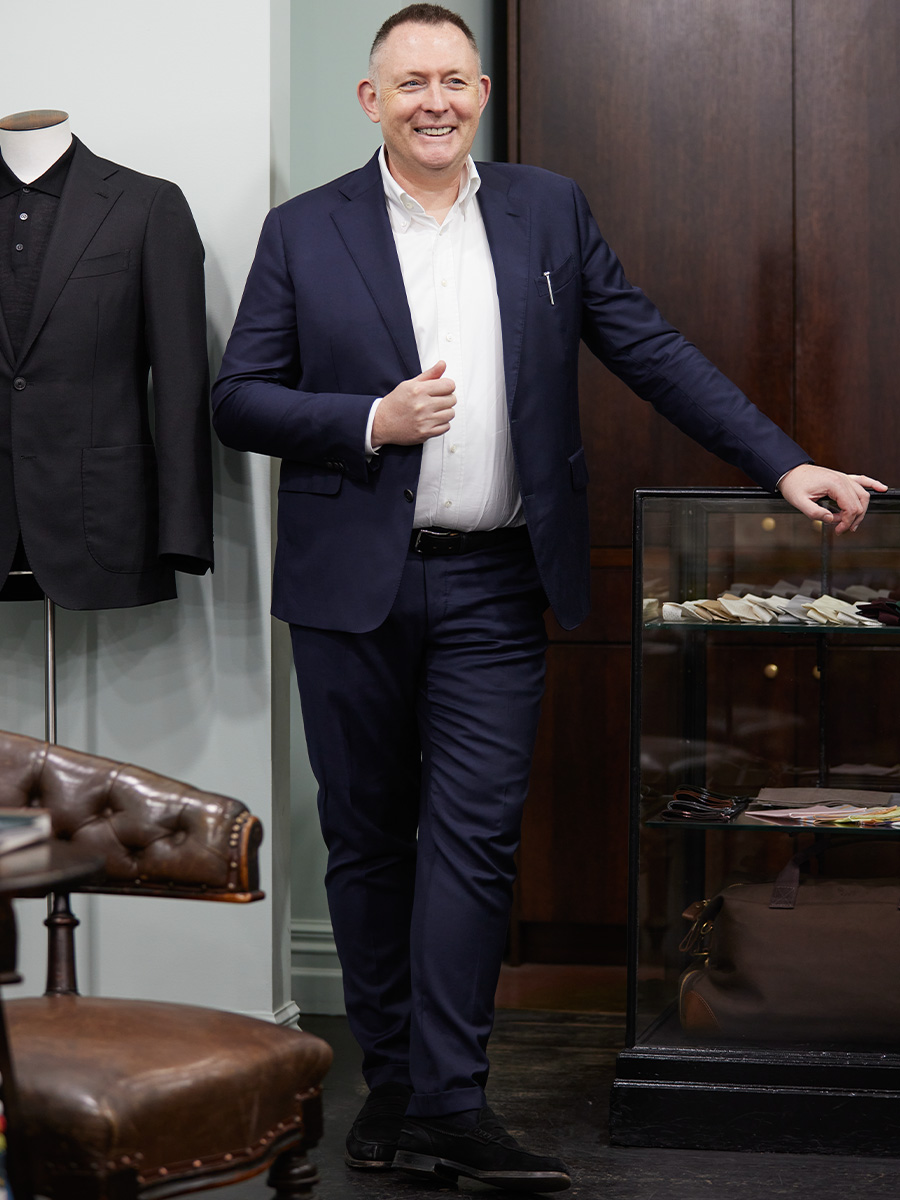

New Zealand, where Crane Brothers plies its trade, isn’t known for its fussy formality. “It’s a very casual place,” Murray concedes. “We’d always struggled to win men over to the traditional suit and tie. So when the Italian styling and unstructured construction fell into the mix, it felt like we had discovered that ‘special sauce’,” Murray says – the element that would make tailoring relevant to the average Kiwi customer. “Today, that Italian take on style is what everyone wants. It’s all about an elegant but relaxed lifestyle. It’s all about comfort, easy care, while still looking great”
Particularly as we emerge from a long period where work-from-home was the norm – not least in NZ, which endured some of the world’s strictest lockdowns – there’s no longer a rigid distinction between professional and leisure attire. “You used to have a weekend wardrobe and a work wardrobe. Now you have one wardrobe that just works every day,” Murray says. “You might wear the same thing on a Monday morning that you wear going out for dinner on a Saturday evening. You’ll go to work and won’t feel like you need to go home and get changed before you meet your mates at the pub. That’s gone.”
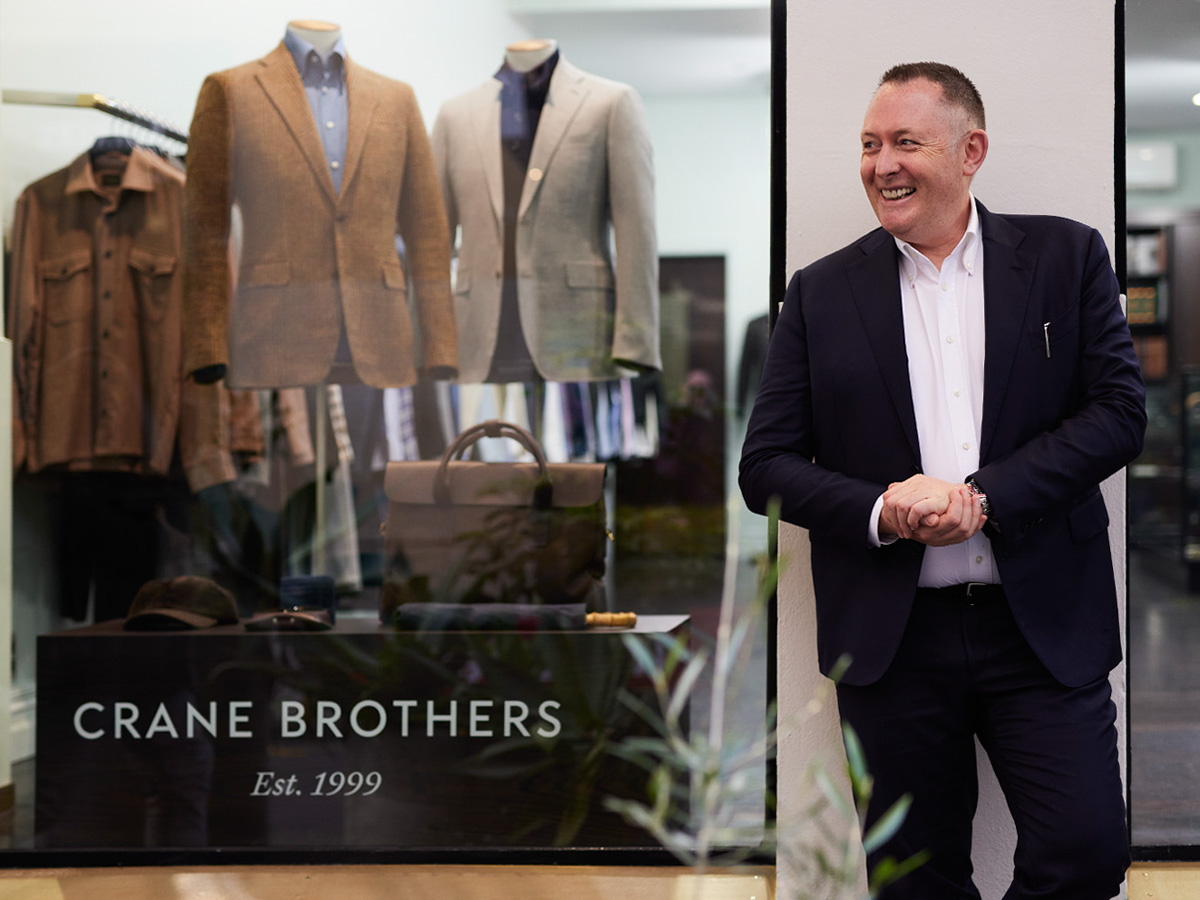
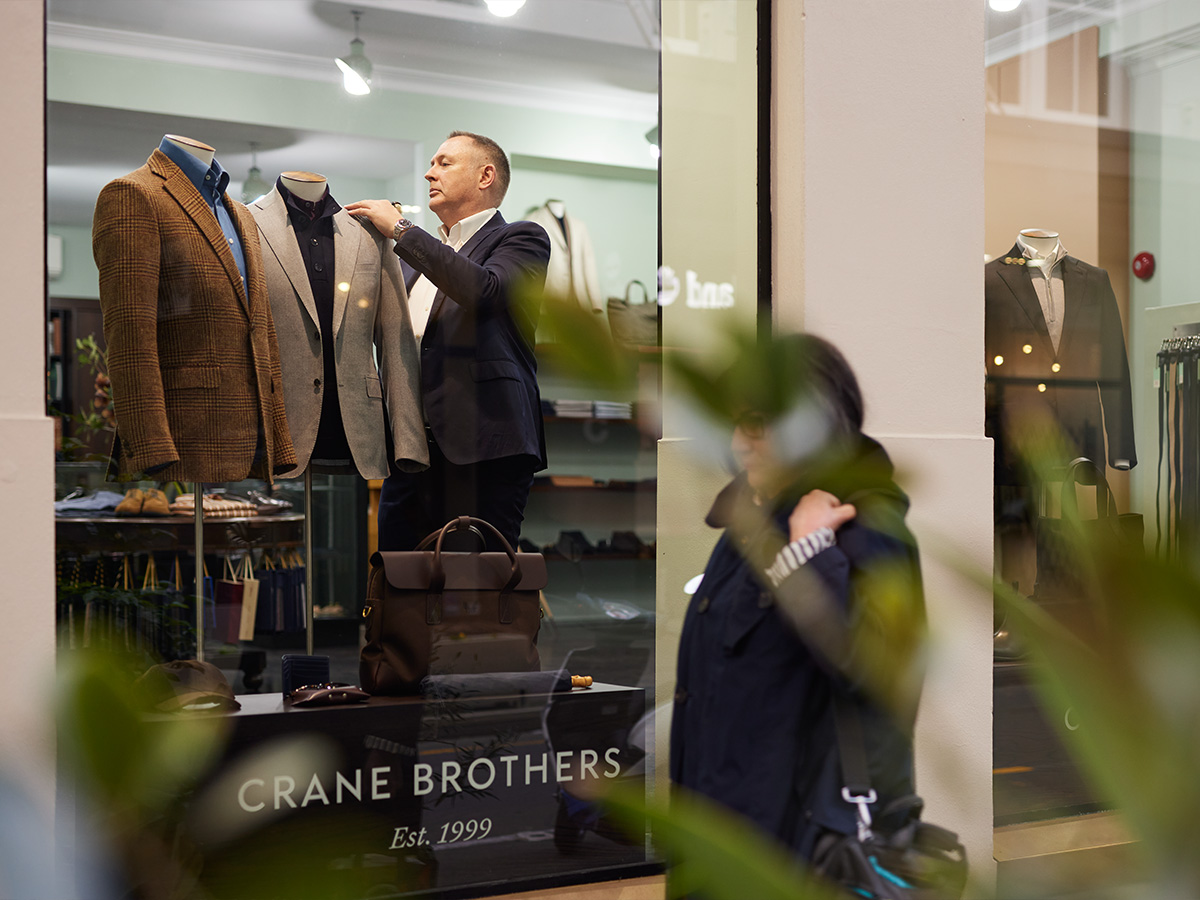

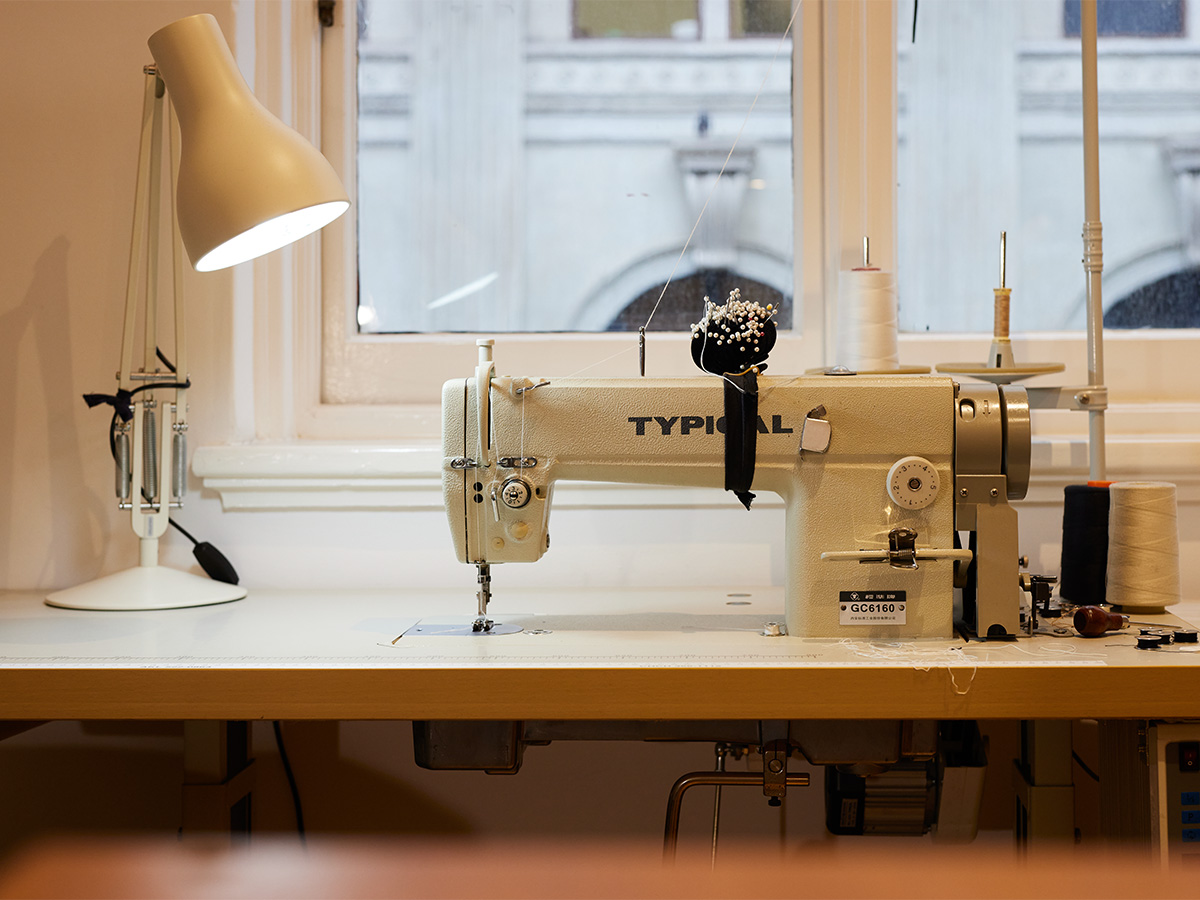

Not everyone welcomes this loosening of the old codes, though. “For a lot of men in traditional banking, business or legal roles, they really liked the sanctuary of a grey or navy suit and a white shirt, because no matter how they wore it, it always worked, no matter how much dress sense they might’ve had,” Murray notes. “The new way of dressing has created a lot of anxiety for many of those guys. They’re wondering, ‘What should I be wearing now?’”
Simply sporting your old suits and dress shirts unbuttoned, minus the tie? “That doesn’t look put-together,” Murray reckons. “Today, about 90 percent of our customers no longer wear ties,” he says. “But in the past, a lot of suits were made in cloth intended to work with silk ties. The same goes for shirts. That legacy product, that classic dress shirt, was made to complement a tie. The cloth perhaps had a bit of sheen to it, a jacquard, and the collar might’ve been a cutaway – that won’t sit right without a tie.”
What Murray’s observing now is a move away from the classic Jermyn Street-style shirt and its dandyish cutaway neckline, designed to be worn with an impeccably knotted tie. Instead, men are embracing solid pinpoint and button-down collars, which stand proud from the neck with a gentle, elegant roll when worn without a tie.
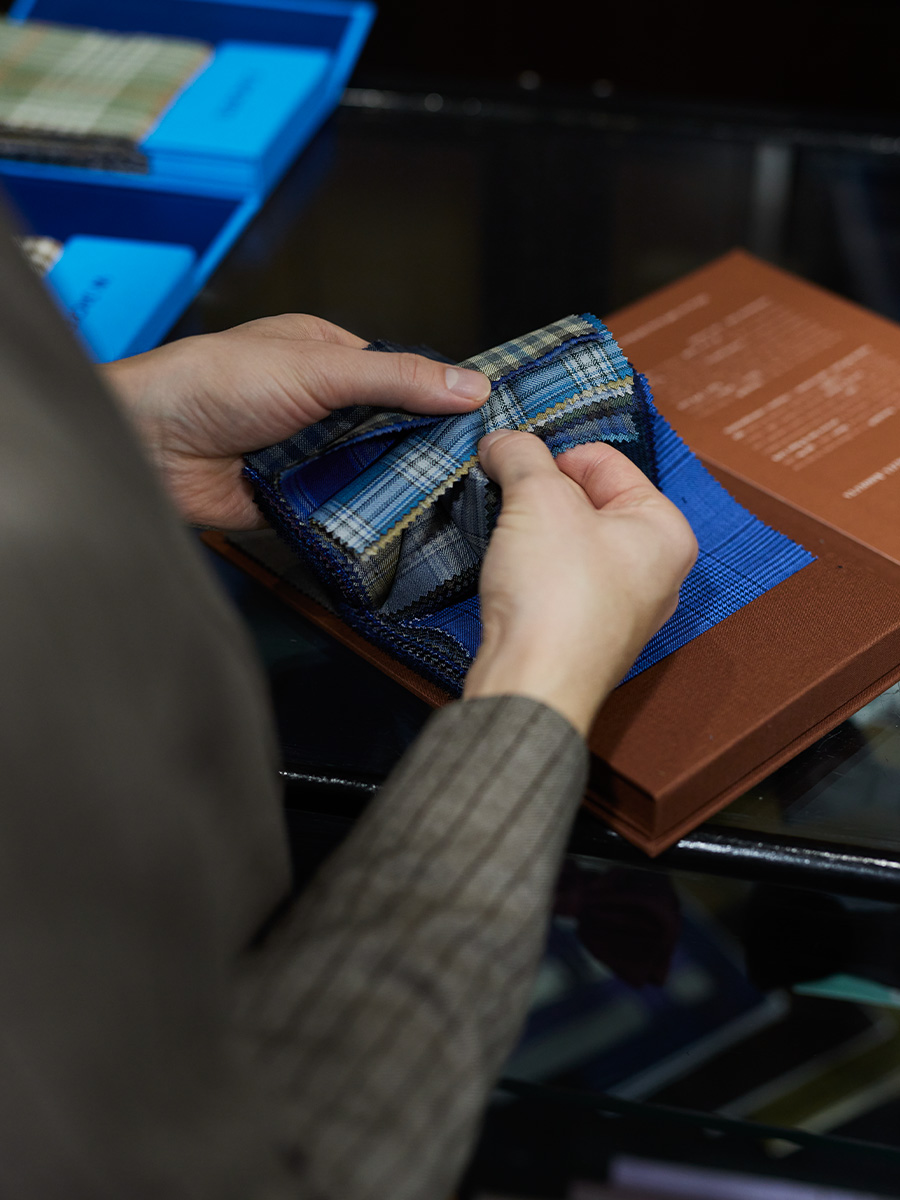
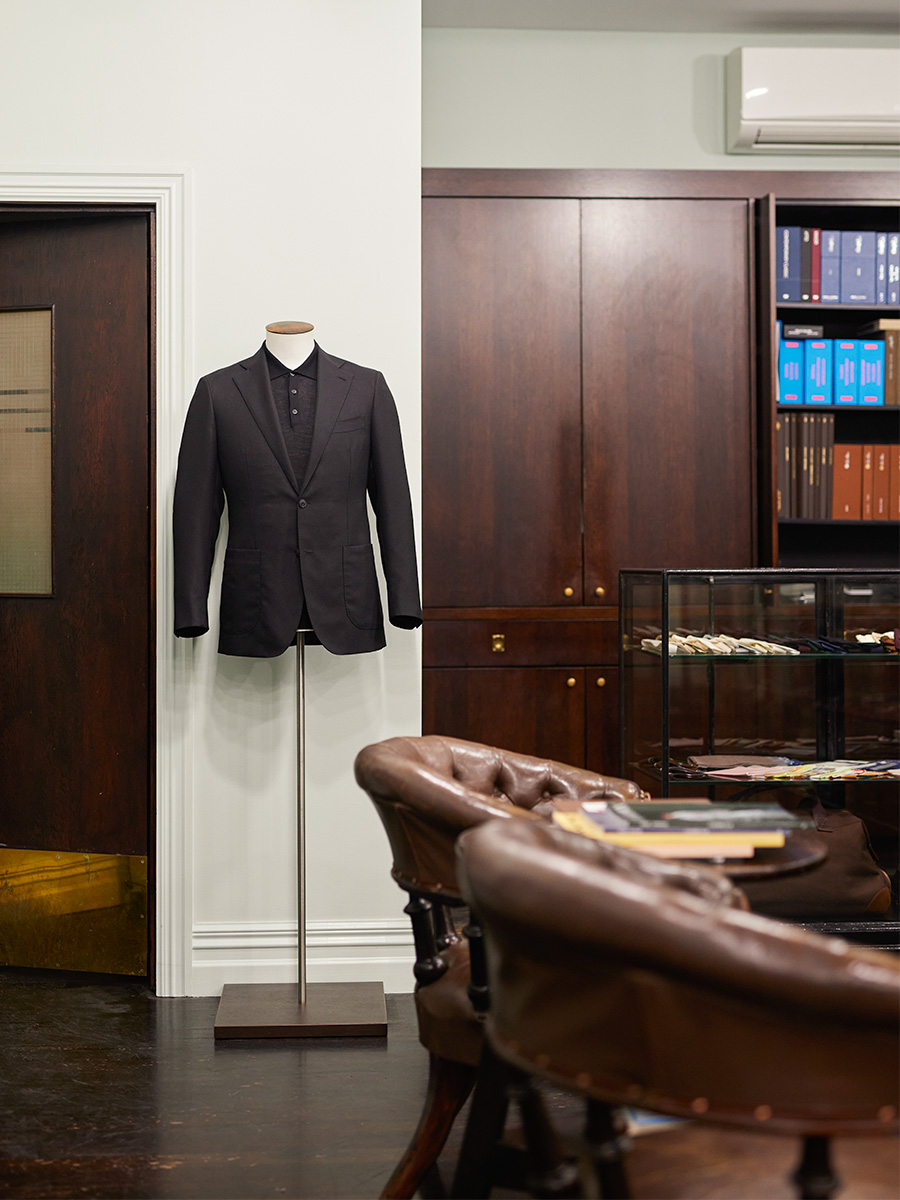
“Fabrics are also changing as well, and this is an area where Thomas Mason is at the forefront of addressing the new shirting needs,” Murray says. “We’ve really been working quite closely with them on our fabric choices, ordering a lot of softer Oxfords, washed Oxfords, denims, chambrays, flannels, carded cottons with flannel touch, that sort of thing. Cloths that give a little bit of interest under a jacket – maybe via texture, or a pattern like a stripe, to make up for the absence of a tie.”
Many Crane Brothers customers are also experimenting with wearing shirt-jackets or overshirts (please, let’s not use that ugly term, ‘shacket’) instead of blazers and sports coats. “That kind of thing is becoming quite a big part of our business,” he says. “And again, that’s an area where Thomas Mason is really strong, with some of the new heavier fabrics that they’re doing. They’ve really made that move away from purely doing beautiful, traditional business shirtings, although they still have them in their range, of course.”
For all this talk of comfort über alles, the savvy man still recognises that he’ll look his best in a classic, beautifully tailored garment. Especially if, during the hermetic months of lockdown, he’d overindulged in food and drink, or not exercised quite as much as the health authorities recommend. “We all know good tailoring can mask a multitude of sins,” Murray says. “When you’re in a drawstring pant and a sweatshirt, though? There’s nowhere to hide.”
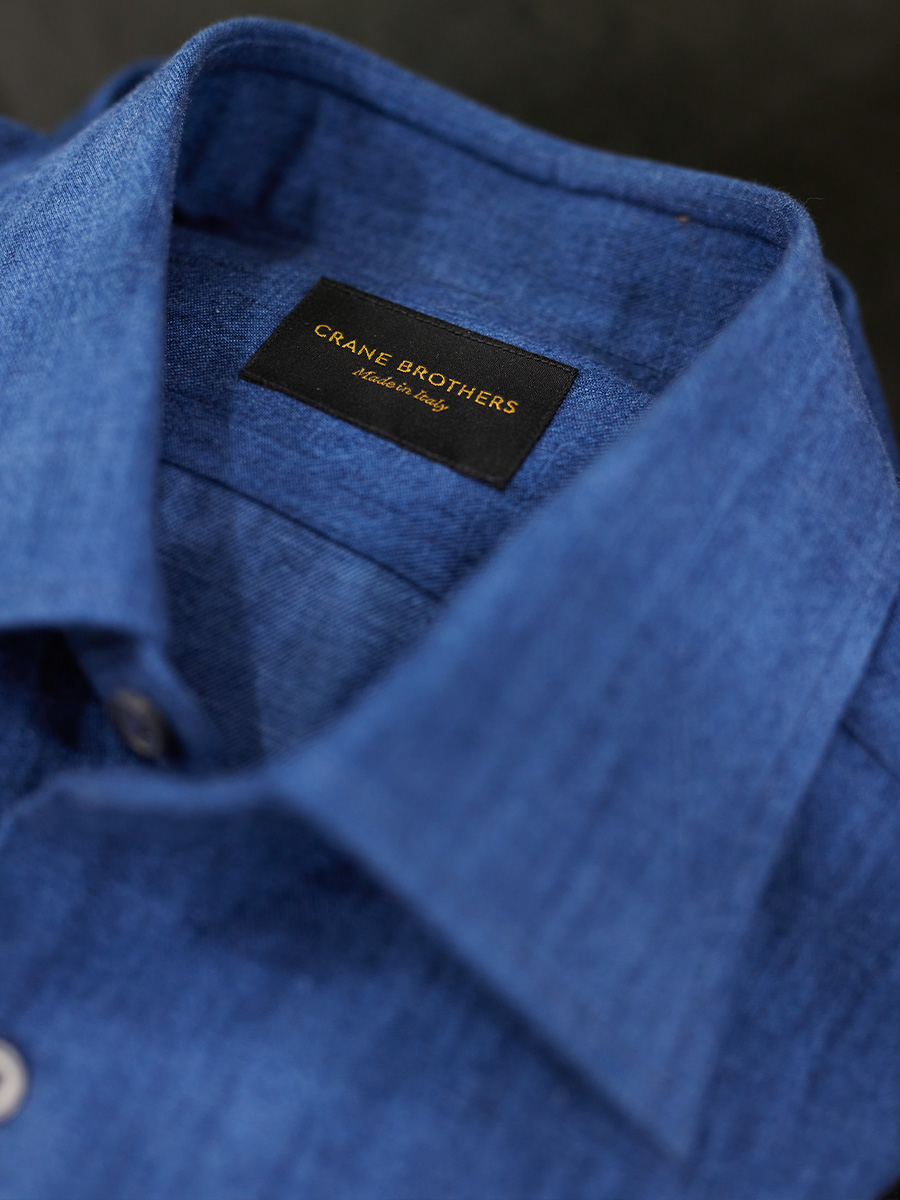
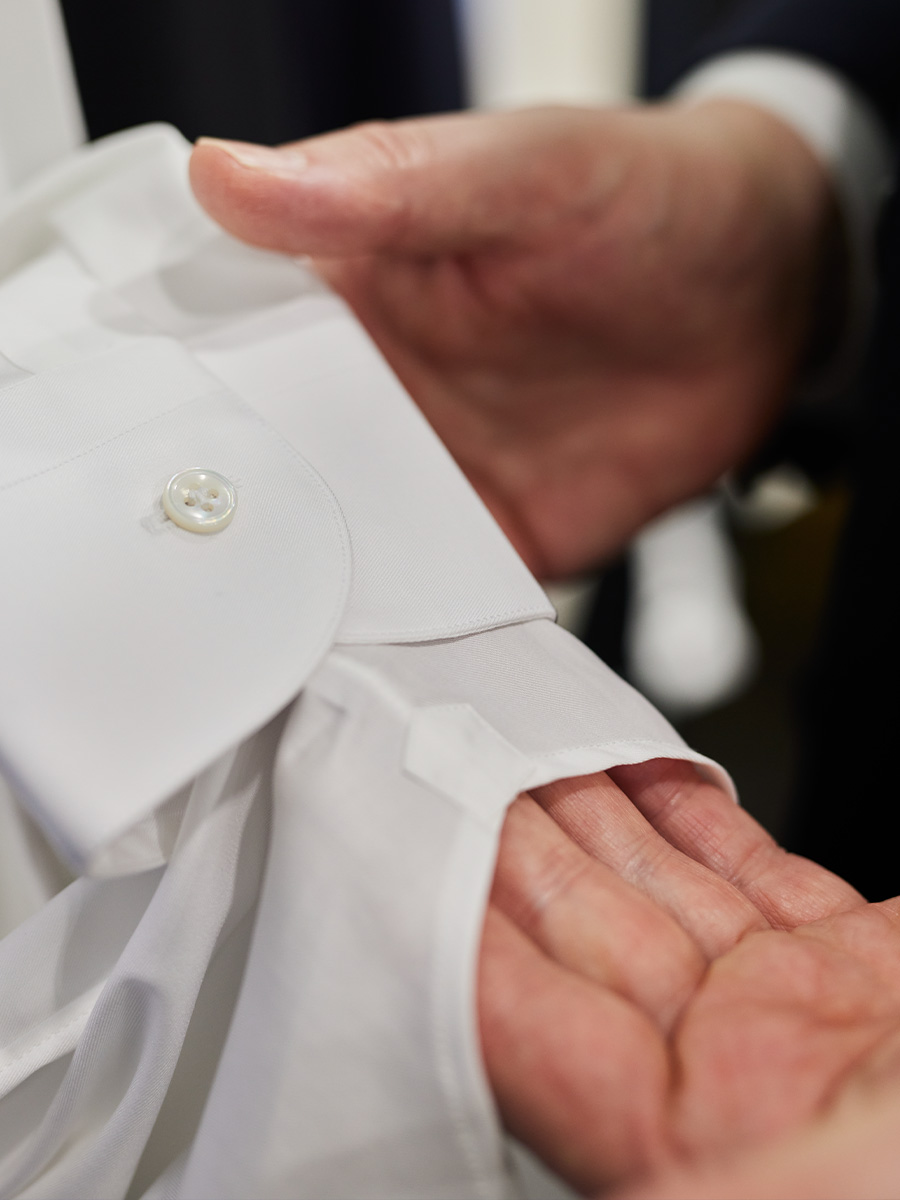
Photo Credits: Jamie Bowering
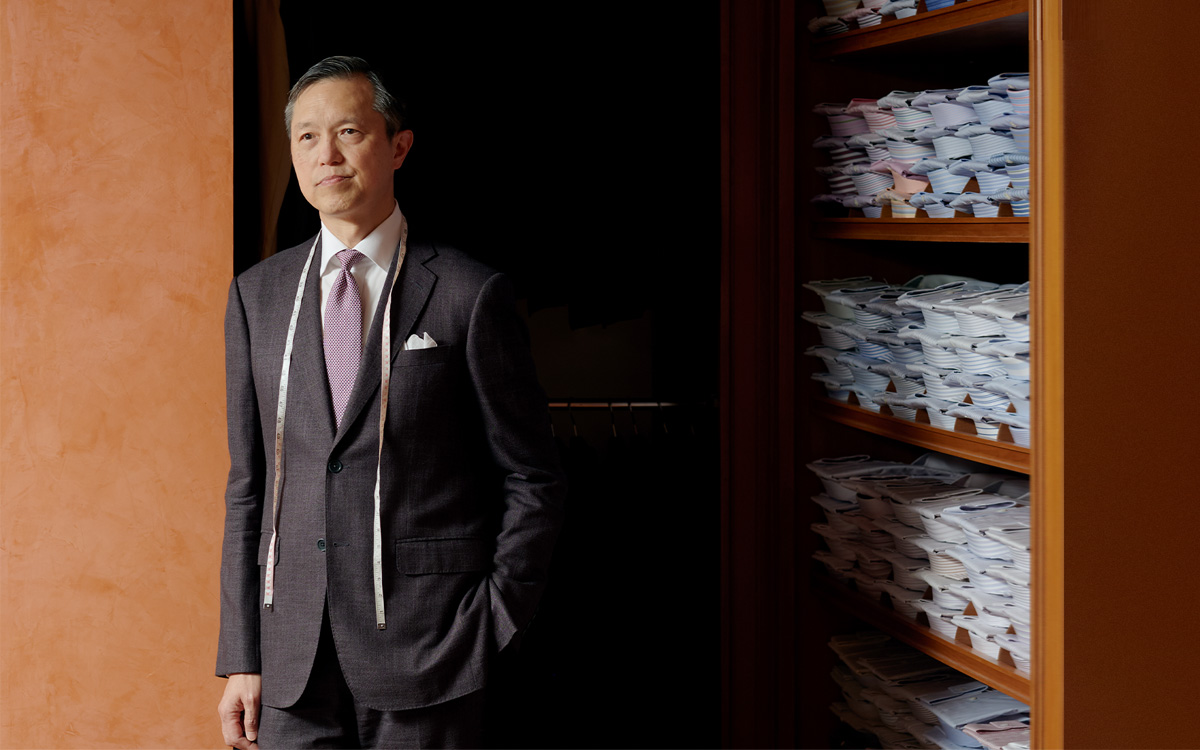
Ascot Chang: A Legacy of Quality
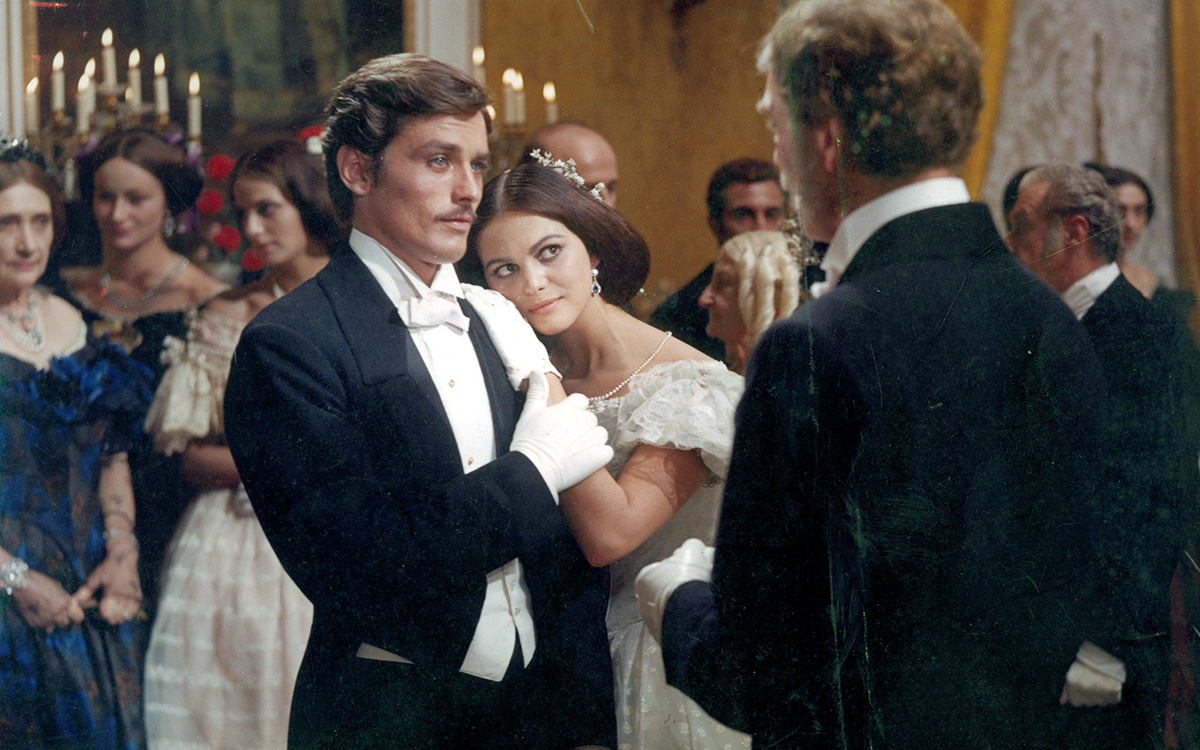
All hail ‘The Leopard’

Henry Poole: The Benchmark for Tailored Tradition
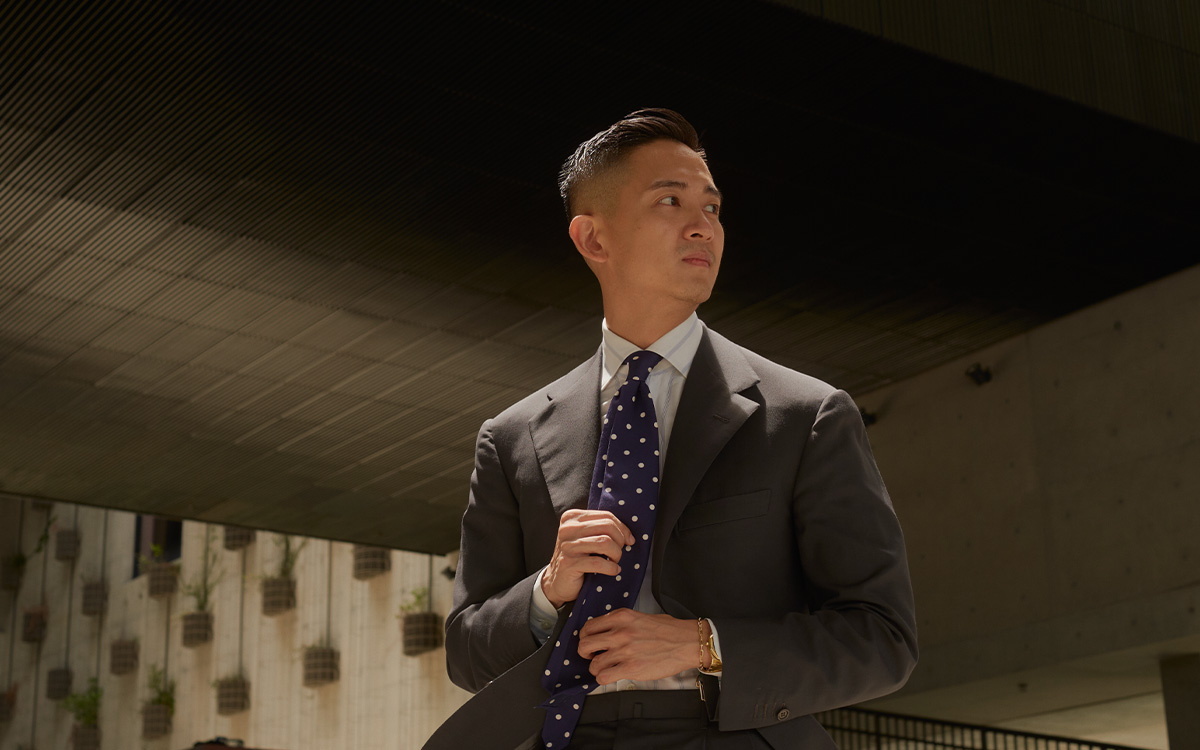
Take a tour through Alan See’s Hong Kong
Cotonificio Albini S.p.A. - Via Dr. Silvio Albini 1, 24021 Albino (BG) – Italy
Società con unico socio - diretta e coordinata da Albini Group S.p.A.
P.I. 01884530161 - C.F. 08743540158 - Iscritta al Registro Imprese di Bergamo - REA 244649
Capitale sociale sottoscritto e versato € 11.170.960